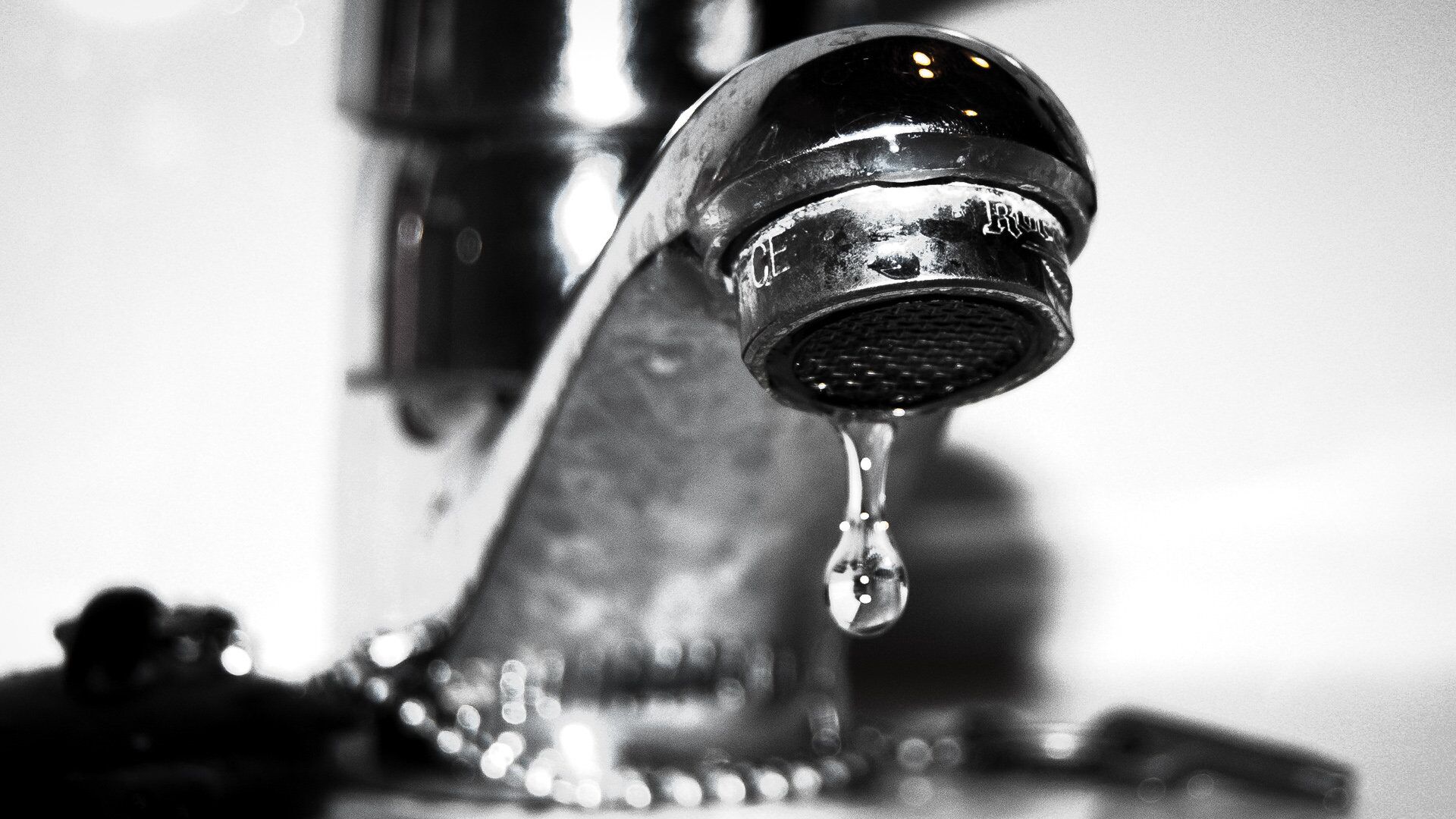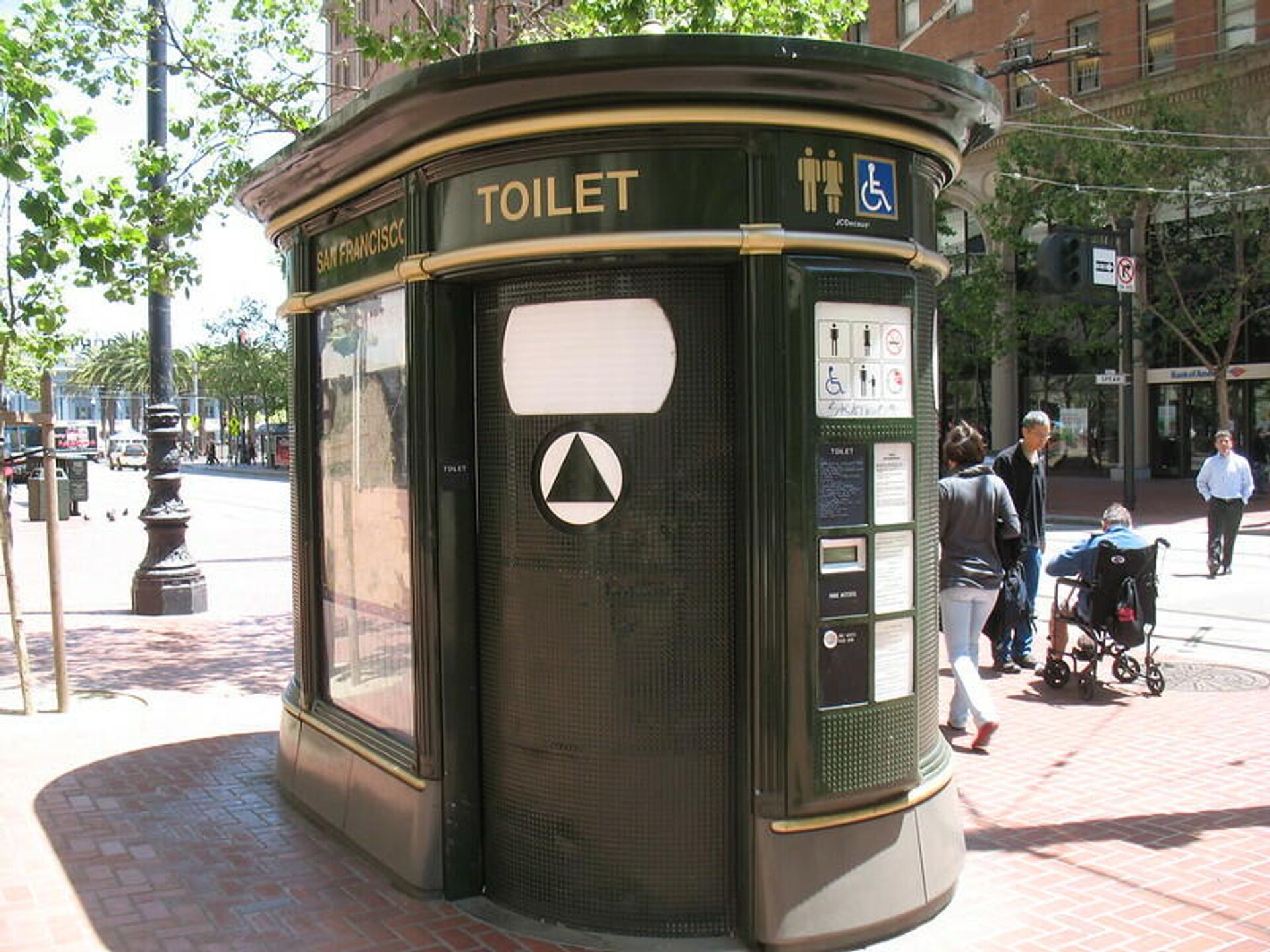Plumbing Poverty: Millions of America’s Poorest Don’t Have Running Indoor Water - Report
21:34 GMT 27.09.2021 (Updated: 13:24 GMT 06.08.2022)
Subscribe
A new study published by the Guardian on Monday puts a spotlight on the chronic deprivation of running or clean water in millions of American homes, predominantly in Black and indigenous communities and increasingly concentrated in urban areas.
According to research by the Plumbing Poverty Project (PPP), a collaboration between King’s College London (KCL) and the University of Arizona, half a million homes don’t have water indoors for washing hands, flushing toilets, or bathing. One-third of those families are concentrated in just 15 US cities, including some of the country’s largest and most affluent.
The data is largely based on US Census Bureau surveys and highlights how heavily concentrated this level of poverty is in the US.
For example, in San Francisco, where the median household income is $96,265 a year and which has the third-largest concentration of billionaires on the planet, nearly 15,000 families don’t have proper plumbing. Of those families, 17% are Black. Black people make up just 9% of San Francisco’s population.
The problem isn’t getting any better, either - in fact, it’s getting worse. According to the researchers’ data, the number of San Francisco families without indoor plumbing has increased by 12% since 2000.
Amid the COVID-19 pandemic, as public health experts advised rigorous hand washing and sterilization, the Public Policy Institute of California noted that 2% of San Francisco homes had inadequate plumbing. They separately noted that of those without adequate plumbing, 57% also lacked a kitchen, highlighting its relationship to extreme poverty.
This required residents to use shared facilities, often between residents on an entire floor, or to depend on public facilities like park restrooms or those in shops during open hours. Adults with jobs or children in schools said they knew to use the showers and toilets before they came home for the evening. Some also said they used chamber pots.
“The story of plumbing poverty in San Francisco is inextricably tied to unaffordable housing, declining incomes, post-recession transformations in the California rental sector, and racialized wealth gaps, fueled by a kind of ‘anti-Black urbanism’ that has either driven Black San Franciscans into more precarious housing conditions or out of the Bay entirely,” Katie Meehan, lead researcher of the PPP and professor of environment and society at KCL, told the Guardian.
“It’s not only that the gap between the water-rich and the water-poor is widening in America, it’s also that it’s driven by a housing sector that lacks any safety net for working families, especially households of color, that cannot afford the astronomical prices of San Francisco, Seattle, or now even Portland,” Meehan added.
According to the report, 28,000 homes in New York and 19,000 in Los Angeles also lacked indoor plumbing as of 2017. However, changing census questions could be concealing a greater problem, and other cities, including Milwaukee, San Antonio, Phoenix, Nashville, Seattle, and Cleveland have similarly shown little or no progress in decreasing so-called “plumbing poverty” over the last 20 years.
Plumbing Poverty Plagues Rural America
However, the PPP study only focused on homes as a whole and highlighted urban concentrations: nationwide, the number of people without indoor water is more than 2 million.
Many of them live on Native American reservations - historically some of the poorest districts of the United States, where the descendants of tribes forced off the vast majority of their land have been deprived of the resources necessary to thrive. For example, in the Navajo Nation, the country’s largest reservation that straddles the borders of Arizona, New Mexico, and Utah, one-third of its 350,000 people don't have running water.
When the US Army drove the Navajos and other nations off their traditional lands, they also destroyed their traditional ways of life that had allowed them to survive in the harsh climate for centuries. In the 20th century, their hard-fought autonomy was used against them as the Navajo Nation was excluded from inter-state negotiations for sharing water in the region, especially the key 1922 Colorado River Compact, leaving the nation to fight complex legal battles with surrounding states for decades.
Navajo President Jonathan Nez told the House Natural Resources Committee in 2019 that the nation has had to fight especially hard for water rights in Utah. “In some cases, such as in the community of Oljato on the Arizona-Utah border, a single spigot on a desolate road, miles from any residence, serves 900 people,” he said.
Water scarcity is compounded in Navajo by the 521 disused uranium mines that have tainted the water supply. Among Navajos, doctors have identified an illness known as Navajo Neuropathy caused by consuming irradiated water. While many taps are marked in red to indicate their water is only suitable for livestock, the scarcity of water means that many people drink the water anyway.
One spring in northeastern Arizona was reported in 2015 as having uranium levels "at least five times greater than safe drinking water standards," according to a study published in the journal Environmental Science & Technology. The contamination caused the early deaths of many children who drank from the spring or whose mothers drank the water while pregnant.
Radiation from the US nuclear program has tainted other Native American sites, as well, including the Hanford site in Washington state, where most of the US military’s nuclear warheads were manufactured. The poorly secured site has repeatedly been found to be leaking radiation, with radioactive dust being found in homes dozens of miles away. The site is upriver from the Yakama Nation reservation, and the three counties surrounding Yakama have seen greatly elevated levels of anencephaly, a rare and fatal birth defect in which a fetus' brain and skull fail to fully form, which is believed to be caused by irradiation. The condition is also associated with areas of Iraq where the US military has used depleted uranium rounds.
Other rural areas are also plagued by inadequate water access. In Alabama’s Lowndes County, the United Nations’ Special Rapporteur on extreme poverty and human rights denounced widespread open sewage in 2017.
Straight-line PVC pipes and open-air trenches are used to shuffle human waste a few dozen feet away from homes, often next to where the home’s water source is. As storms send the sewage overflowing, flooding yards and wooded areas, it carries with it an overwhelming stench and causes infections of diseases thought to be eradicated in the US, such as hookworm, a parasite more commonly seen in the Third World. In 2010, the census reported Lowndes County’s population was 73% Black and 31.4% lived below the poverty line - three times the national average.
Millions Get Water from Lead Pipes
In addition to inadequate indoor plumbing, many American cities also suffer from water tainted by lead, which leeches into the water from ancient pipes. While Flint, Michigan’s lead contamination has been infamous, cities like Newark, Detroit, Milwaukee, Baltimore, and Washington, DC, have also had problems with high lead levels. Lead consumption can permanently reduce the cognitive abilities of both children and adults, as well as cause numerous neurological conditions.
Nationwide, an estimated 15 to 22 million Americans receive cooking and drinking water from lead pipes, many of which were installed a century ago and which municipalities have devised a number of ways to minimize the dangers from, such as lining the inside of pipes with sodium silicate.
Numerous loopholes in the US Environmental Protection Agency’s regulations have allowed municipalities to escape investing in replacing the pipes. An overhaul in the EPA’s rules was implemented in December of last year, but critics say it still contains too many loopholes to keep children safe. The American Jobs Plan championed by US President Joe Biden would set aside $45 billion for eliminating all lead water pipes in the United States.





